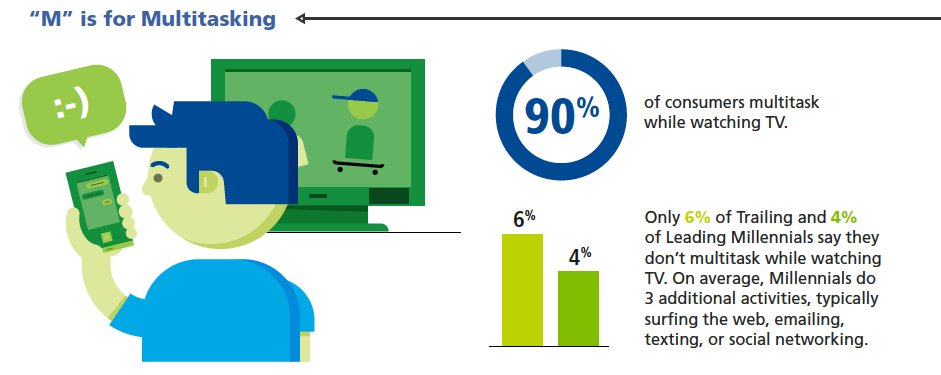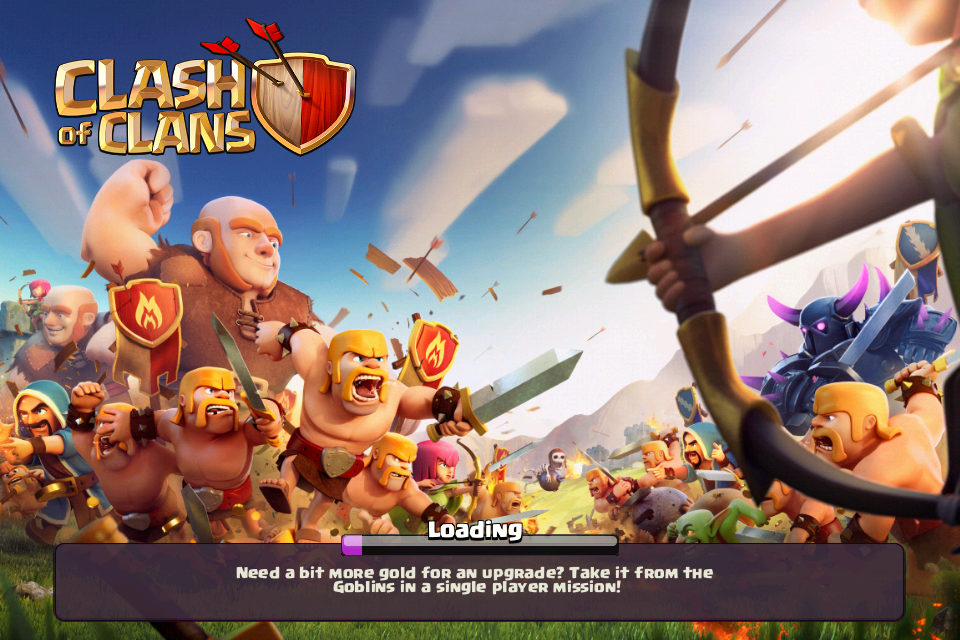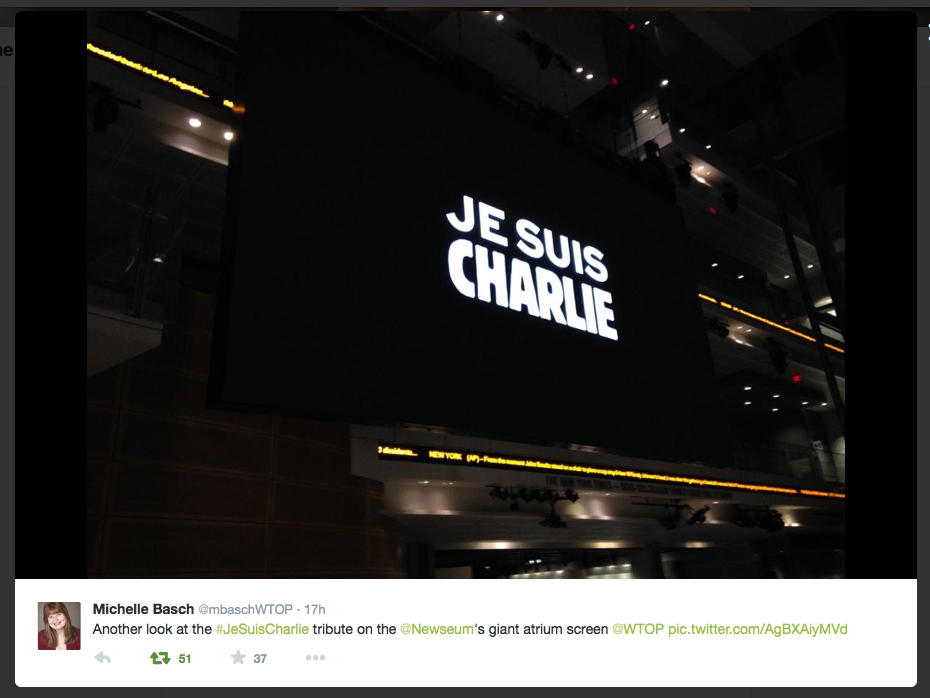
Millennials are young people between ages 14 and 32. They are a driving force behind changes in media consumption, and I observe this phenomenon every day at home. Whenever I want to know more about consuming content, I just watch my 15-year-old daughter. Millennials expect access to media anywhere, anytime, and on any device.
As a marketing manager, having teenagers at home is a big win for me. Three years ago, my oldest teen told me that Facebook was on its way out. She and her classmates use Facebook’s group chat only to talk about homework. Since living in the States, I’ve enjoyed using Whatsapp instead of texting because it is cheaper. I don’t care for Snapchat, but this is likely because none of my peers use it either. Without my daughter and my stepson who lived with us in Germany, I wouldn’t have known about these applications so early.
Who are Millennials?
Millennials are a demographic group that sources usually delineate between ages 14 and 32. I like Deloitte’s definition of Millennials, and I rely on this explanation in my marketing work and now for this blog post. According to the ninth edition of Deloitte’s “Digital Democracy Survey,” my daughter is a Trailing Millennial, and I belong to Generation X.

Source: Deloitte’s survey “Digital Democracy Survey”
Deloitte’s survey compares preferences between generations, revealing interesting media-consumption trends in areas such as advertising and social media. Let’s say that my daughter is my live-study object. She will turn 16 in December. My stepson is 12 years old. I read Deloitte’s complete survey, and I didn’t find a single statement that I hadn’t heard of previously at home.
Streaming is changing our habits
My daughter started watching TV shows and movies on Youtube in 2011. Four years ago, she was using a laptop. Today, however, she primarily watches TV on her smartphone. According to Deloitte, “among Trailing Millennials (age 14-25), nearly 60 percent of time spent watching movies occurs on computers, tablets and smartphones.”
As long as my daughter used her laptop to watch TV, I had full control of her consumption. I set up parental controls to restrict which websites she visited, and I could manage the time she spent on her Mac. When she bought her smartphone with her own money last year, however, monitoring her media usage became more challenging…

Source: Deloitte’s survey “Digital Democracy Survey”
My husband, who was born 1968 and is a fellow member of Generation X, bought a huge smart TV in 2013. This TV made our house feel like a party home when he installed it in the family room. One year later, the TV was still smart, but its users weren’t so smart anymore. My husband didn’t remember the instructions from BestBuy associate, and he also travelled frequently. As a result, he didn’t get much use out of the smart TV. One year later, I finally figured out that streaming was part of our Amazon Prime subscription.
As reported by Deloitte, streaming content has overtaken live programming. Over 56% of consumers now stream movies, while only 45% prefer to watch TV live. My husband and I, the adults in the family, prefer streaming to live-viewing for one reason: it allows us to watch TV without commercials.
Multitasking while watching TV
Although we have a huge screen in the family room, the only ones who enjoy it are our youngest children. My husband prefers to stream movies on his 13” laptop, which is still larger than my daughter’s smartphone. I occasionally watch TV with the little ones, but while surfing the internet and texting. I am not alone in using at least two devices while watching TV. Approximately 90% of American consumers multitask while watching TV. According to Deloitte, “Millennials and Generation X (age 32-48) engage in an average of three additional activities while watching television, including internet browsing, reading email and text messaging.”

Source: Deloitte’s survey “Digital Democracy Survey”
Deloitte also reports that the binge-watching trend—viewing three or more program episodes in one sitting—is prevalent among 68% of consumers doing so today. Trailing Millennials binge-watch more frequently than any other generation. This is nothing new for me, as my daughter would prefer to sit in front the TV for a whole day and skip coming with us to the beach, for example.
We have a deal: she can choose to join us for family outings or to stay at home. But if an outing is important to me, I ask her to join us. She complies with my request while mourning her favorite TV show… at least until we find a free WiFi hotspot.
You might also be interested in reading these articles: Social Media in Customer Service? or Cross-Border Marketing is Dealing with Culture.
Foto credit: © nito



@ Jean:
You will be a google glass victim, once it is available.
My opinion on the start-stop mentality of the teenagers and young adults is that they will not be able to perform real multitasking. In that respect, they don’t differ from their parents and early relatives who lived in caves.
@ Catherine:
thank you for the link. I will check out the full report as soon as I have a PC at hand. My point is not the denial of ownership but the different understanding of let’s say “virtual ownership”.
BTW: a great blog!
Thank you!
Agree, but the nice thing about streaming via a portable device rather than a smart TV is not only to watch without commercials.
The best is that you can walk around, easily stop it and do something else, read your emails or news and leave the device on your kitchen bar and cook. If you did not make it to finish it, you can finish watching on your Ipad or Iphone when you are away.
You don’t go to watch a movie when it shows, the movie waits for you to watch it anytime anywhere you want.
Better would be if we would not have to carry anything. Hopefully, it will come soon!
To me, there is one big difference in the use of smart media, entertainment and information retrieval compared to myself: Our Millennials (I have three of them) have less motivation of “owning” the films, music, pictures, magazines, … that they consume. That’s why streaming, cloud computing, but also the file management of Apple systems can be successful. On the other hand, CD, DVDs, books, but also recording devices become collectors’ items.
Also, the kids don’t care that much about the ownership of her own data (name, pictures, preferences and behaviors).
For us as marketeers this means that we face completely different consumer behaviors and media consumption habits than with previous target groups we had to address.
Good point Ron. I see the same at home. On the other hand, the same study states that 48% of Americans rent or buy discs monthly. Millennials more than Baby Boomers or Matures. Here is the link to the executive summary http://bit.ly/Deloitte_media_survey
I really enjoyed this blogpost, but i don’t untederstand the picture. What is YOLO? And what does it have to do with millennials?
Thank you Marie. YOLO is a abbreviation for You Only Live Once and one of the favorite sentence of my teen daughter! Thanks for the notification, I just put its meaning under the picture.